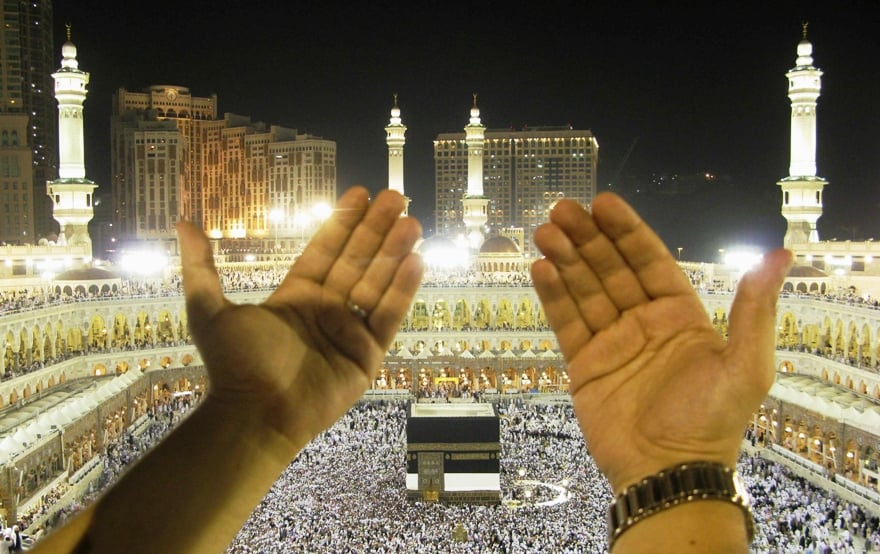
The foremost consequence of Mullah Omar’s death would be factionalism within the Taliban movement. Mullah Omar had kept the Taliban united since they surfaced in 1994. Already, factions led by Mullah Mohammad Hassan Rahmani and Syed Tayyeb Agha, in charge of the Taliban political office in Doha, Qatar, have opposed the appointment of Muhammad Akhtar Mansoor as Mullah Omar’s successor. Mullah Omar’s family, including brother Mullah Muhammad Manan and son, Yaqub, have also refused to swear allegiance to Mansoor. Factionalism within the Afghan Taliban ranks would mean the stalling of the peace process between them and the Afghan government. The process started after 13 long years of militant struggle by the Taliban in July with the inaugural meeting in Murree. Seeing the situation within the Taliban, some of the bigwigs in the Afghan security establishment might just consider torpedoing peace talks with the Taliban. Thus, peace negotiations between the Afghan government and the Taliban could be a casualty in the post-Mullah Omar period.
Most of the rank and file of the Afghan Taliban remained part of the movement, largely due to the recalcitrance and fastidiousness of Mullah Omar in the face of the opposition posed by the movement’s rivals. Now that he is no more, they may explore new avenues for themselves. As no former Afghan militant group appears to be up in arms, including the Hizb-e-Islami of Gulbuddin Hekmatyar, the most obvious option for estranged Taliban commanders and fighters would be to join the Islamic State (IS), which has formed its franchise in Afghanistan. The IS and the Afghan Taliban became bitter rivals because of their turf war in Afghanistan, resulting in the capture and killing of several Taliban fighters by the former. The growing strength of the IS in Afghanistan, if it remains uninhibited, would mean the start of a new kind of insurgency. This would be somewhat similar in scope to the anti-Soviet mujahideen resistance. This is because, unlike the Taliban, who never vowed to wage a global jihad and limited their struggle to the liberation of Afghanistan, the IS has an agenda of establishing a global caliphate.
However, it remains to be seen how the US and other international forces, as well as the Afghan security forces, which have serious capacity and commitment issues, respond to the IS threat. The recent drone strikes by the US in Afghanistan, killing large numbers of IS fighters, including former commanders of the TTP, demonstrate that Washington is cognisant of the threat.
The Pakistani Taliban had given allegiance to Mullah Omar, but unlike the Afghan Taliban, their commanders had vowed to wage global jihad long before the appearance of the IS. Now with Mullah Omar gone, the IS and the Pakistani Taliban have some common ground with regard to global jihad. Thus, more Pakistani Taliban leaders might end up joining the IS in Afghanistan at a time when the Pakistani military is carrying out Operations Zarb-e-Azb and Khyber I and Khyber II, and have pushed them to the wall, with most TTP fighters having fled to Afghanistan. This scenario would be disastrous for Pakistan; therefore, there is a need for a coherent and effective strategy to nip this emerging evil in the bud.
The globalist radical sectarian agenda of the IS, and its presence and increasing strength in Afghanistan would be a cause of concern not only for Afghanistan and Pakistan, but also for neighbouring China, currently fighting separatist ethnic Uighurs spearheaded by the East Turkistan Islamic Movement, and for Iran as well. All regional players need to study upcoming developments very carefully.
Published in The Express Tribune, August 13th, 2015.
Like Opinion & Editorial on Facebook, follow @ETOpEd on Twitter to receive all updates on all our daily pieces.




1736854876-0/Untitled-design-(80)1736854876-0-165x106.webp)













COMMENTS (4)
Comments are moderated and generally will be posted if they are on-topic and not abusive.
For more information, please see our Comments FAQ